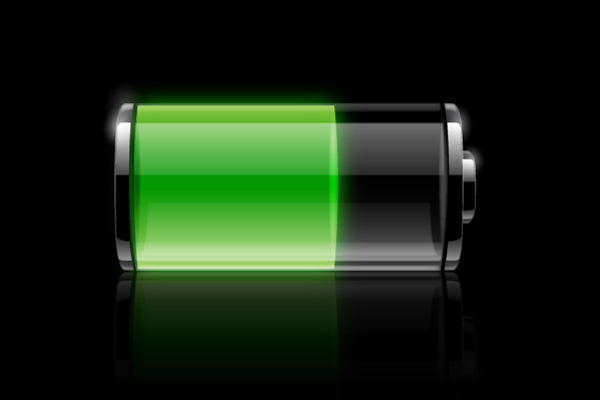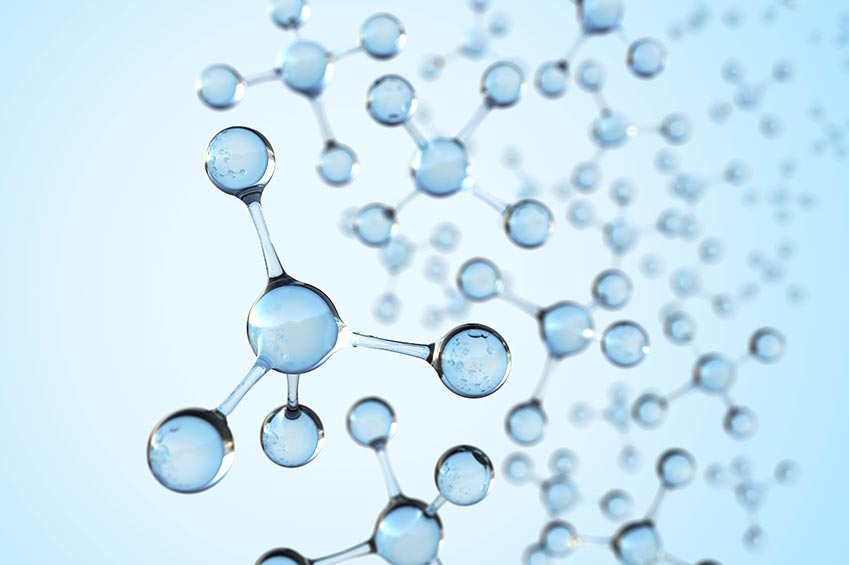The race is on for manufacturers across the world to see who can develop the most cost effective and efficient battery. It comes following the massive rise in demand for electric vehicles (EV) as more people are beginning to recognize the significant benefits they get from owning one. But, one is that’s always been a bit of an issue is driving range. Even though EV’s have been around for a few years now, you still can’t get anywhere near the driving range from them as you could from a full tank of gas in most vehicles. So, what’s next then you may be wondering? Is the future in the lithium-ion batteries that we know or is something better ready to come along?
One of the main problems with lithium-ion batteries is that they’re expensive. Storing energy may have fallen considerably over the past five years, but lithium-ion batteries themselves are still not cheap enough. These batteries also wear out easily after being recharged so many times. They may be powerful, but when weighing this up against reliability and how safe they are, it’s evident that something needs to change. So, what will the next battery technology be then?
Former President Obama allocated $85 million in 2009 towards developing new batteries that would cost utilities less than $100 per kilowatt hour. Storing energy is a must when dealing with renewable energy technologies as they fluctuate so much in what they can produce. Take solar power, for instance, it peaks during the day and disappears at night. It’s this kind of fluctuation that can cause blackouts, hence the need for energy storage systems.
MIT professor, Donald Sadoway, had an idea that could just solve everything and that was to make a different kind of battery to the ones that we are using today – a molten metal one. He got funding from ARPA-E and Total to get the idea started but to fund the developing of a whole new battery is expensive. Sadoway said, “In any capital-intensive industry, industry will stand in the way of innovation.” Prototypes of the battery are being developed currently by a team of around 40 people under Sadoway’s company, Ambri. He says they are less than a year away now from launching its first commercial lot of batteries and things are going well. The next move is to raise enough funds to begin producing a market-ready one.
Other battery ideas that are also pushing forward includes iron flow batteries and zinc-lithium air batteries. Again, many of these technologies are funded by ARPA-E initially. The Pittsburgh-based company, Aquion, created something called a “salt water battery.” The company’s director of product management, Matt Maroon, said, “Our chemistry is very simple. There’s nothing in our battery that is flammable, toxic, or caustic.” It’s also very simple to make. “Our most important piece of manufacturing assembly equipment comes out of the food packaging industry. It’s a simple pick-and-place robot that you’d find at Nabisco, putting crackers inside of blister packs.” These batteries have already been on the market for around three years, so have proved there are safer alternatives to lithium-ion batteries; we just need to invest more into getting them up and running.
More News To Read
- IBM Hopes to Make Machine Learning Mainstream
- Climb inside an Artist’s Body with New This Virtual Reality Artwork
- New Survival Sim Demonstrates AI Can be Hostile or Cooperative
- Control How Facebook Tracks You When Online With This Helpful Tool
- Yale Professor Fights for Tighter Measures in Cardiac Procedures











